* (restored)

“When you once believed something that now strikes you as absurd, even unhinged, it can be almost impossible to summon that feeling of credulity again. Maybe that is why it is easier for most of us to forget, rather than to try and explain, the Satanic-abuse scare that gripped this country in the early 80’s — the myth that Devil-worshipers had set up shop in our day-care centers, where their clever adepts were raping and sodomizing children, practicing ritual sacrifice, shedding their clothes, drinking blood and eating feces, all unnoticed by parents, neighbors and the authorities.
Of course, if you were one of the dozens of people prosecuted in these cases, one of those who spent years in jails and prisons on wildly implausible charges, one of those separated from your own children, forgetting would not be an option. You would spend the rest of your life wondering what hit you, what cleaved your life into the before and the after, the daylight and the nightmare.”
— Margaret Talbot, The Devil in the Nursery
*
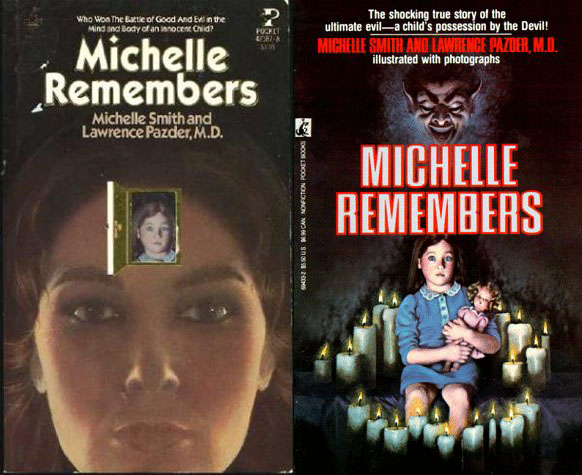
1) Michelle Remembers by Michele Smith and Lawrence Pazder, M.D.
The pitch:
“For over one year, [Dr. Lawrence] Pazder listened as…Michele [Smith] painfully divulged the incredible story. Her mother had been forced by a group of prosperous Satanists to yield Michelle for use in their most important ritual. They tried in vain to convert her to evil, using both torture and cruel psychological manipulation.”
About:
“What if one book had the power to plunge the world into a terrifying obsession with satanic cults? Michelle Remembers, a 1980 memoir by a young Canadian woman and her psychiatrist, Dr. Lawrence Pazder, did just that. Marketed as the true story of Michelle Smith’s experiences in a satanic cult in Victoria in the 1950s, this bestseller helped spark a global panic that sent law enforcement and mental health professionals on a scrambling to find secret Satanists hiding in our midst. It’s also the subject of a feature documentary, Satan Wants You.
“[After publication of Michelle Remembers] Pazder was considered to be an expert in the area of satanic ritual abuse. …In 1984, Pazder acted as a consultant in the McMartin preschool trial which featured allegations of satanic ritual abuse.” — Wikipedia
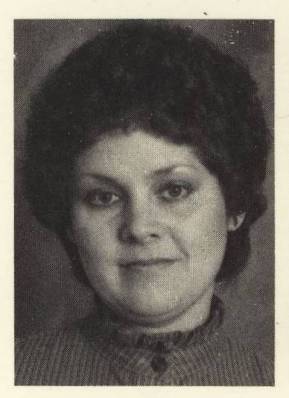
Sample passage:
“The others started doing this funny dance, and the nurse was doing it with them. She would bend down and walk in a slinky way, as if she were a cat, and then she would jump up and turn around, and then she would walk like a cat again, holding her kitten in her arms. Then Michelle got very scared, because they bent and took the kittens in their teeth, holding the cats by the napes of their necks. And then Michelle started screaming, because now they were biting the kittens in their teeth, chewing at their paws to make them come free, stopping only spit out the hair. Then they rubbed themselves with the cats’ blood, slowly, as they continued their catlike dance.”
*

2) The Satan Seller by Mike Warnke
The pitch:
“A former Satanist high priest reveals the demonic forces behind the fastest-growing and most deadly occult religion in the world.”
About:
“After he got famous, I always wanted to write him a letter and say, ‘Mike, remember me? The one you gave the silver cross to? When were you able to have this coven of fifteen hundred people? Don’t you remember, about the most exciting thing we used to do was play croquet in Greg’s backyard?’ ” — Dyana Cridelich, friend of Mike Warnke
“A generation of Christians learned its basic concepts of Satanism and the occult from Mike Warnke’s testimony in The Satan Seller… We believe The Satan Seller has been responsible, more than any other single volume in the Christian market, for promoting the current nationwide ‘Satanism scare.’
“After our lengthy investigation into his background, we found discrepancies that raise serious doubts about the trustworthiness of [Warnke’s] testimony.” — Selling Satan: The Tragic History of Mike Warnke

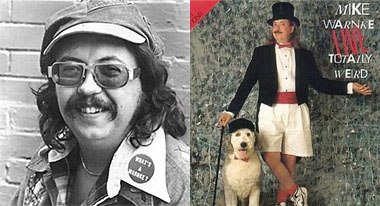
Sample passage:
Background: Drug use and moral conflict over his actions as a Satanic high priest have led formerly mild-mannered college student Mike Warnke to become increasingly paranoid. Here he takes out his stress on his church-provided sex slaves.
“‘Where’s my fix?’
‘We’re still looking for it,’ Carmen answered. ‘Where did you put the speed?’
‘Speed? I don’t want speed. The H.’
‘H?’ They looked at each other grimly. ‘You don’t have any–‘
‘The hell I don’t. I picked some up yesterday. It’s stashed in the sugar can in the kitchen cabinet. Why don’t you chicks use your damn heads?’ I jumped out of bed and grabbed them by the hair and knocked their heads together. ‘You just need some sense knocked into you.’ I laughed. ‘Now, split.’
They rushed off, crying, to the kitchen.”
*
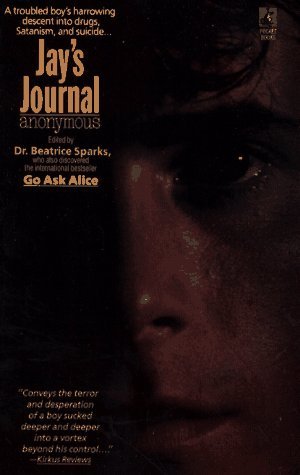
3) Jay’s Journal by Anonymous (Edited by Dr. Beatrice Sparks)
The pitch:
“Jay was a nice, bright high school kid who cared about good grades, good friends, and good times… When a charismatic friend lured him into a nightmare world of the occult, Jay couldn’t handle it… Only in the pages of his journal could Jay express the dark forces that led to his suicide.”
About:
“Beatrice Sparks…is known for producing books purporting to be the ‘real diaries’ of troubled teenagers [most famously Go Ask Alice]. Although Sparks always presents herself as merely the discoverer and editor of the diaries, records at the U.S. Copyright Office show that in fact she is listed as the sole author for all but two of them.
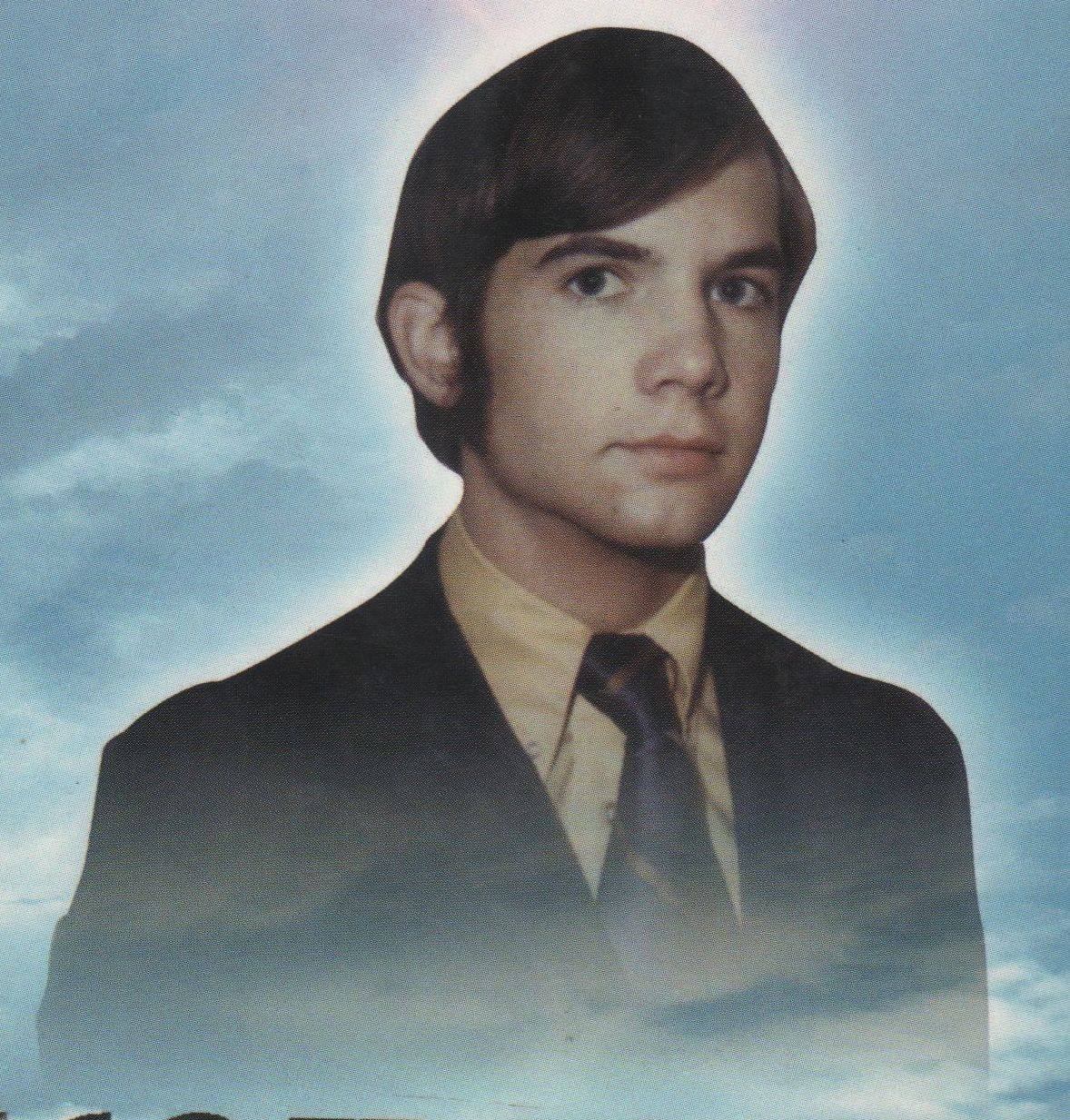

“[Jay’s Journal] is based on ‘true’ events of 16-year-old Alden Barrett from Pleasant Grove, Utah, who committed suicide in 1971. According to a book written by Barrett’s brother Scott … Sparks used roughly 25 entries of 212 total from Barrett’s actual journal. The other entries were fictional…” — Wikipedia
Sample passage:
“When I found out Tina was having our wedding in the cemetery, by the big tomb, I about died. It was like making a mockery of the whole thing. I knew we’d invited only the kids connected with O and it was to be part of the sacred ancient sacrament but… Anyway, it was fantastic! …we each cut our tongues and let the blood pour into each other’s mouths. It was Nirvana. We were one! One blood, one toucla, one being!
When the chanting started Martin brought in a teensy mewing kitten. With one twist he wrung its little neck. Instantly we all put forth every gram of power at our command to bring it back to life again, that being the supreme taloa.
I don’t know how the others felt but I concentrated until I thought my whole being was going to detonate, then I relaxed … calling the cat’s karma … magnetizing its karma…but in vain, we had not yet advanced to that plane.
In a way the stilled kitten ruined the evening.”
*
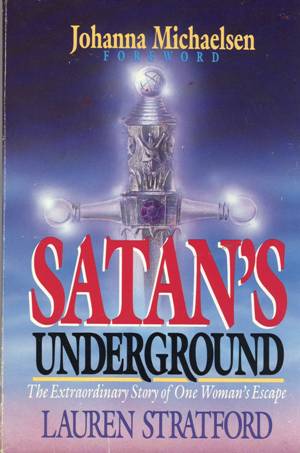
4) Satan’s Underground by Lauren Stratford
The pitch:
“As a child, Lauren Stratford lived the agony of being trapped between two worlds – the outside world of school, church, and friends, where everything appeared normal, and the inner world of a twisted, satanic nightmare, where mind control, fear, and ritualistic child abuse were her constant companions.”
@bizarreevil Lauren Stratford authored a book about her horrific abuse at the hands of Satanists. It was all a product of her imagination 🤷♂️ #Horror #TrueCrime #Halloween #Hoax ♬ original sound – EvilBizarre
About:
“Lauren Stratford’s story…became one of the key sources for promoting, perpetuating, and validating the satanic ritual abuse (SRA), ‘adult survivor,’ and ‘repressed memories’ hysteria that peaked in the early 1990s.
“In the years since the discrediting of Satan’s Underground, Lauren developed a new story. …Lauren Stratford became Laura Grabowski, child survivor of Auschwitz-Birkenau, a Polish Jew who was experimented on by the infamous Dr. Joseph Mengele, liberated to a Krakow orphanage at the end of the war, brought to the United States, and adopted by a Gentile couple at age nine or ten.” — Lauren Stratford: From Satanic Ritual Abuse to Jewish Holocaust Survivor
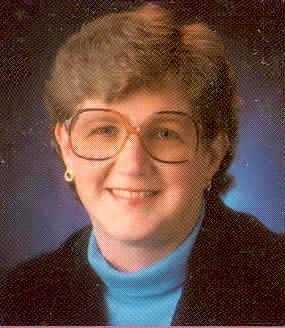
Sample Passage:
“It was a Saturday night. Sometimes around midnight, I was rudely awakened. Before me was a large barrel, like an oil drum. I was lifted up and dropped into the barrel, and a lid was closed over my head. The darkness was total. And the silence.
A few minutes later, the lid was opened and something was dropped on top of me. As it slid down my skin, another something was dropped on me…and another…maybe three or four. The last object was positioned directly in front of me, on top of my stomach. Then the lid was slammed shut. Again, there was only darkness…and silence.
There was a smell. A horrible smell. What could it be? With so little room in my small prison, I slowly maneuvered my arms and hands above my knees so I could grasp the last object that was put in…
Slowly, fearfully I touched the object that was pressing against my stomach. It took only a few seconds to realize it was a small body. A baby’s body. It was lifeless, but not stiff. It had probably been sacrificed that evening, just a short time before.”

*

5) The Haunted by Robert Curren with Jack & Janet Smurl and Ed & Lorraine Warren
The pitch:
“You are holding in your hands perhaps the most shocking, terrifying, unforgettable story of demonic infestation ever told. And it’s true.”
About:
“[Paranormal investigators Ed and Lorraine] Warrens’ most famous case, the Amityville Horror, has been thoroughly investigated by other researchers and revealed to have most likely been a complete hoax.
“Renowned horror author Ray Garton gave an interview … discussing his experience with Ed and Lorraine Warren while he wrote a reputedly ‘non-fiction’ book titled Dark Place: The Story of a True Haunting. The book is an account of the alleged haunting of the Snedeker family in Southington, Connecticut. Ray Garton discussed how during the process of developing the book he became increasingly frustrated, as the family could not keep their story straight, when he confronted Ed Warren about his frustrations Ed told him ‘not to worry,’ that the family was ‘crazy’ and that ‘all the people who come to us are crazy. You think sane people would come to us?’ Ed Warren also advised Ray to ‘just make the story up using whatever details [he] could incorporate into the book, and make it scary.’” — Wikipedia

Sample passage:
“Q. How would you describe her?
A. [Pause on tape.] To be honest, I even hate to think about her. [Pause again.] Her skin was paper white, but it was covered in some places with the scaly surface I mentioned, and then in other places with open sores, the kind you’d think a leper would have or something. And these sores were running with pus.
Q. How old was she?
A. I would estimate around sixty-five or seventy. I can’t be sure. …She had long, white, scraggly hair and her eyes were all red and the inside of her mouth and her gums were green…
Q. What about her body?
A. That was the weird thing. Her body itself was firm, you know, like that of a younger woman.
Q. What did she do?
A. [Long pause.] She paralyzed me in some way. I saw her walking out of the shadows to our bed and I sensed what she was going to do but I couldn’t stop her.
Q. Then what?
A. Then she mounted me in the dominant position and she started riding me. That’s the only way I can describe it.”
The movie:
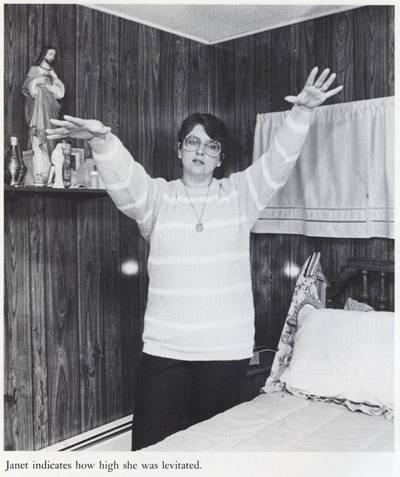

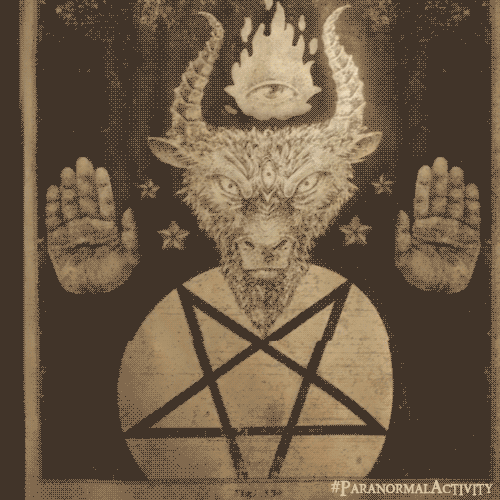
*
p.s. Hey. ** jay, Oh, cool. Nothing beats secret rooms and passages. Or, well, very little does. I do remember ‘Panic Room’ and people actually building them into their abodes. Maybe they still do but reporting on them just isn’t trendy anymore. I think having a partner who believes in gay love is definitely a plus. Where would we be without them? ** Lucas, Hi. Foolproof is such a nice idea. I wish things could actually be foolproof. Well, I guess sticking your fork in food and lifting it to your mouth is a foolproof way to eat. But even then you have to have working arms and a normal mouth. There are always qualifiers. Really nice about the good, warm visit and day with your relative. That’s so good to hear. Ah, wish I could see the Roni Horn, but thank you for a peek at it. Getting out and away from your work and, well, yourself in a way, is pretty important. Even just for short periods. The outdoors can be strangely altering. ‘Twisters’ got delayed until today but, yeah, I need it. Have a lovely one. ** Dominik, Hi!!! Me too. The house I grew up in had a giant basement, and I descended into it frequently. The festivals rejected the film, always with a lot of praise, but a fat lot of good that does us. Those rejections are not helping with the film misery to put it mildly. We’re figuring out another way to get the film out. ‘Twisters’ got delayed until today, but I watched the film assigned to me for this Saturday’s biweekly book/film zoom club — Lynne Ramsay’s ‘You Were Never Really Here’, which I thought was very blah. Is it okay if I hang out with love in the unreal world today? Love bringing Satanic Panic back into fashion because that sounds refreshing, G. ** _Black_Acrylic, No, never been to that club, but it does sound very charismatic. Your mum’s new dude gets major Brownie points, obviously. Hm, that sounds promising. I’ll steel myself for a few weeks without PT. There’s always reruns! I’m sure you’ll be constructive, that’s for sure. ** Diesel Clementine, Nice. There’s a tour you can take of the Paris metro tunnels that shows you all the dead stations and tracks and stuff, but it’s at 4 am, and I don’t do the kind of drugs that would make 4 am doable anymore. I found ‘120 Days’ on the shelf of a friend who claimed his high school assigned it to him in their lit class. Likely story. I’ll give a look at the snip of ‘False Wife’, thanks. Oh, no, so I sent poor Oscar off on a wild goose chase. Eek. I got your email. Thank you!!!! ** tomk, You made it! Oh, god, the jet lag, oh, god. I think I read Volodine’s ‘Bardo or not Bardo’. I think I remember quite liking it. Awesome if ‘PGL’ can help you even a teeny little bit. Have so much fun, pal! And write! And check in when you can! xo, me. ** Nika Mavrody, But I’m already grown. I want to de-grow. ** David Ehrenstein, Hi. Yes, I was in a total panic as a child because my parents wouldn’t build us a bomb shelter. ** Joseph, Nice. That underground house. It must be a swimming pool by now. Oh, okay, yes, your current work is an ass kicker. That part sucks. Back when I used to write my novels by hand and then type them up on a typewriter with Liquid Paper constantly at the ready. I remember that part making me question my profession. Ugh. Nose to the grindstone and all of that, I guess. I don’t remember what I said about a Citizen Kane style popper training video. Maybe I’ll use that as the basis for prose poem and pass it on to you? ** Prze, Okay, later. ** Steve, Weirder things have happened. Lucky you on the Eno doc. What’s it like? The reputation of the festival (not Cannes) that rejected our film for that reason would lead you to think that would never be a reason why they would reject a film, so it was kind of an ugly revelation. I think Araki has done stuff, maybe a series, for Netflix, hasn’t he? ** Uday, We are of like minds. I too had one of those boxes, and it was ridiculously exciting to have. ‘Eligible multihundredaire’: wow, nice, I think I would kill to be called that. Yes, I do like Bunraku. I think I did a post about it ages ago. Hm, or I will, if I didn’t. Because of my allergy to non-organic fabrics and dyes and the paucity of jeans that are non-organic, I am forced to wear baggy regular jeans in order to make my allergic reaction less extreme, but I really appreciate the thought. Wear yours twice as tight for me. ** Thomas H, Hey. The giant rock is still there. I visited it once, but the lodging underneath caved in ages ago, so it’s just a big rock now. Yeah, the piano scene especially. I really like Korine, but, yeah, the early ones are the best. I love fireworks, so I’m hugely envious of your jaunt to witness them. I’m glad there’s a movie called ‘Cooties’, even if it’s shit. Today I’m going to try to walk down to the Seine to see the Olympics opening ceremony, but I suspect it will be in vain since it’s a war zone down there, so, even though it’s 2 minutes walk from me, I’ll probably watch it on TV like the rest of the world. ** Justin D, Hi. No, it was just a random post idea. Although, now that you mention it, it might be something to film. ‘Twisters’ got delayed to today, so I’ll tell you tomorrow. Sadly my fucked up ear also put your MixTape on temporary hold, hopefully very temporary. ** Charlie, Hi, C. Okay, I’m going to have to read that review once I’m outta here, but thank you. It seems to have sold me even at a quick glance. I’ve never played a Pokémon game. I didn’t realise you could do stuff like that. Ooh. ** Harper, Hey, Yeah, that stuff won’t matter the tiniest bit ere long. I know about Crystal Palace and have daydreamed about a time machine-occasioned visit. It’s been in a couple posts here over the years. Fascinating story, definitely. When I first moved to Paris I lived in an artist residency that’s housed in an ancient monastery, and underneath it are secret tunnels that stretch for miles all over Paris, and cults used to live in them and sacrifice animals to Satan and so on, and the woman who ran the artists residency said there was a secret entrance to them in the building, and I spent months trying to find it but never could. That’s spooky (or sexy or both or neither?): the death while on the bottom story. ** Don Waters, Hi, Don. That sounds so nice. I miss mountains. I love ‘Carpenter’s Gothic’ and ‘Morvern Callar’, which I guess you probably know. Curious what you’ll think. Mm, I’ve certainly had strange remote buildings in posts, but I can’t remember if I’ve dedicated a whole post to them. Hm. There are a few curious ones in New Mexico particularly, I don’t know why. Thanks, things here still deeply suck, but it can’t last forever, can it? Take care: you. ** seb 🦠, Hi, there. Welcome back from the cage. I’d prefer Halloween cheer, but Xmas cheer will do, thanks. No, I don’t know the tiktok tunnel lady, but, thanks to you, I will! Ace! Things suck in Dennisville. I can tell you about ‘Twisters’ after today ‘cos it got bumped. Ugh: your wallet. I seem to lose my wallet or get it swiped a lot. And when you’re in Paris and your bank is in LA, it is a massive hassle, let me tell you. I like couscous, and the Catacombs have their charms, but the combo? I’m willing to give it a nibble. So thank you. ** Darbyy (●’◡’●), I like smoke blown on me. I like the word suture, but I’m sorry the actual act that accrued that name was inflicted on you. Uh, I like matcha pocky, chocolate in any combo, the banana ones, charred butter, Kuchidoke … I live near the ‘Japanese’ district, so I buy them at one of the markets there. I didn’t know people still took benzos. They seem very early 70s to me. Shows you what I know. No, I haven’t read your thing yet, I’m sorry, life’s a little taxing and hard on my brain right now. I took piano lessons as a kid, but my piano teacher tried to molest me, so I stopped. ** nat, Hi, nat. A dom into Stefan Zweig … I’m sure there’s a downside, but I’m impressed. I’m going to have to investigate to believe that Europeans use red cups because of America. And I can do that. Interesting: your abstract America thoughts. I’m going to dwell on that when the p.s. isn’t locking me in. It’s an LA thing, yeah, but LA so influences the rest of the US that it’s hard to tell the difference. ** Malik, Hi! Oh, cool that you’re working on stories and poetry. I’ll probably always hold those mediums the highest. All the luck on the personal story. Did the commission come with very specific narrative or character requests? I have wishes galore, and a bunch of them are now yours. ** Right. I brought back this very old, still charming and effective guest-post for you today, so … heads up. See you tomorrow.

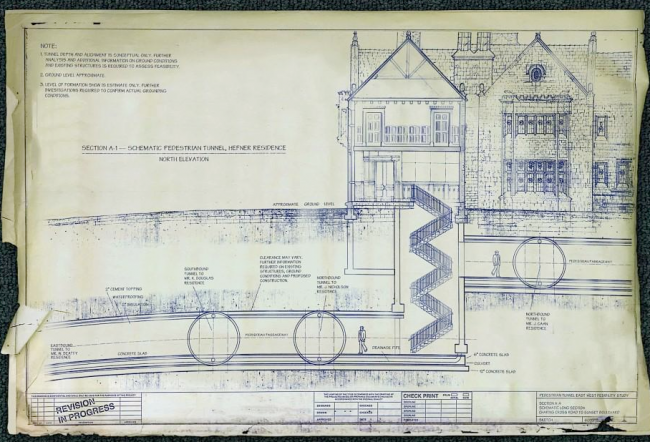

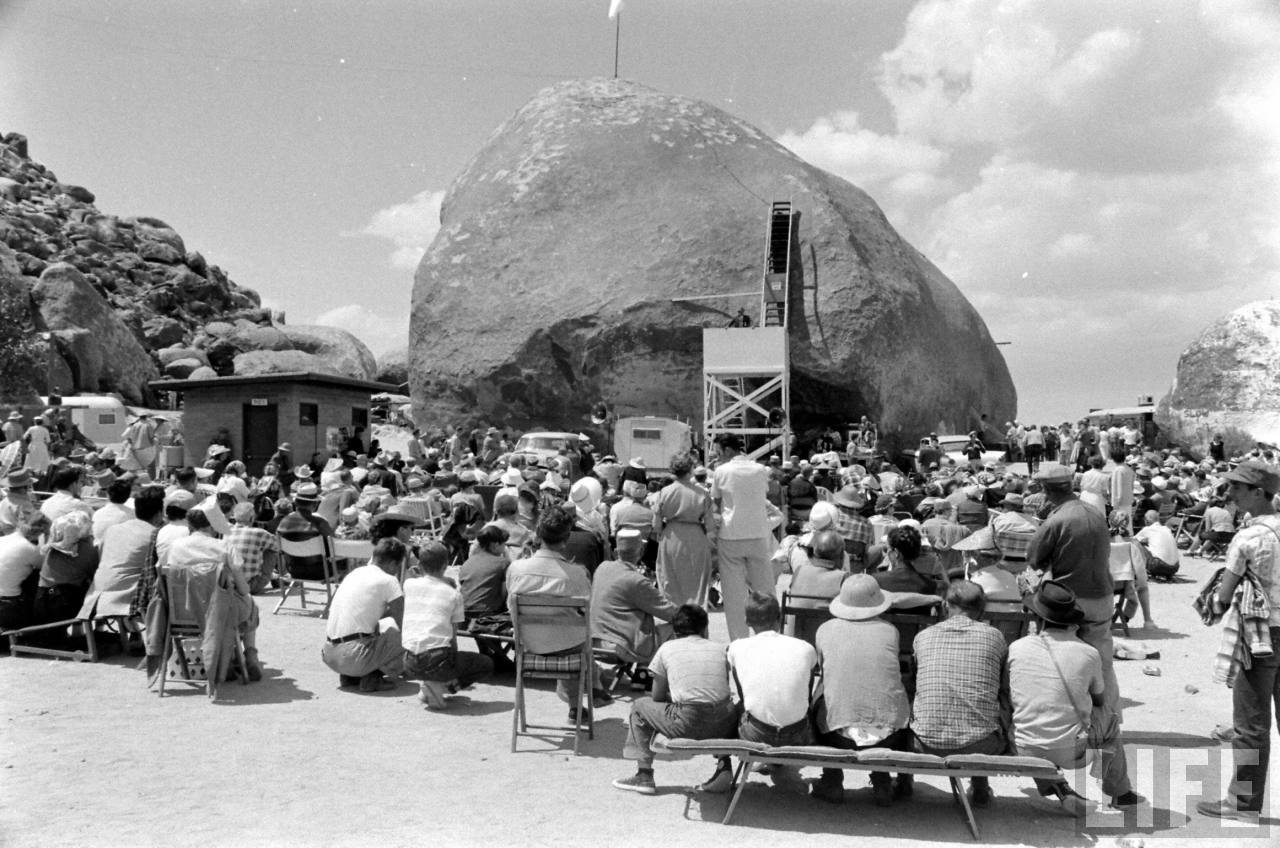
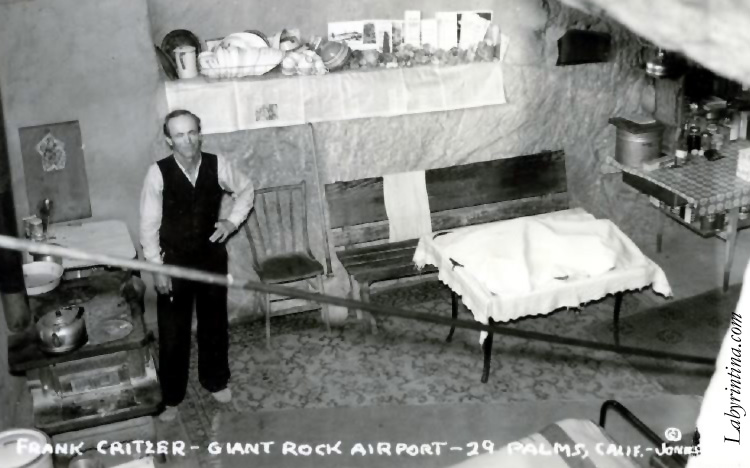
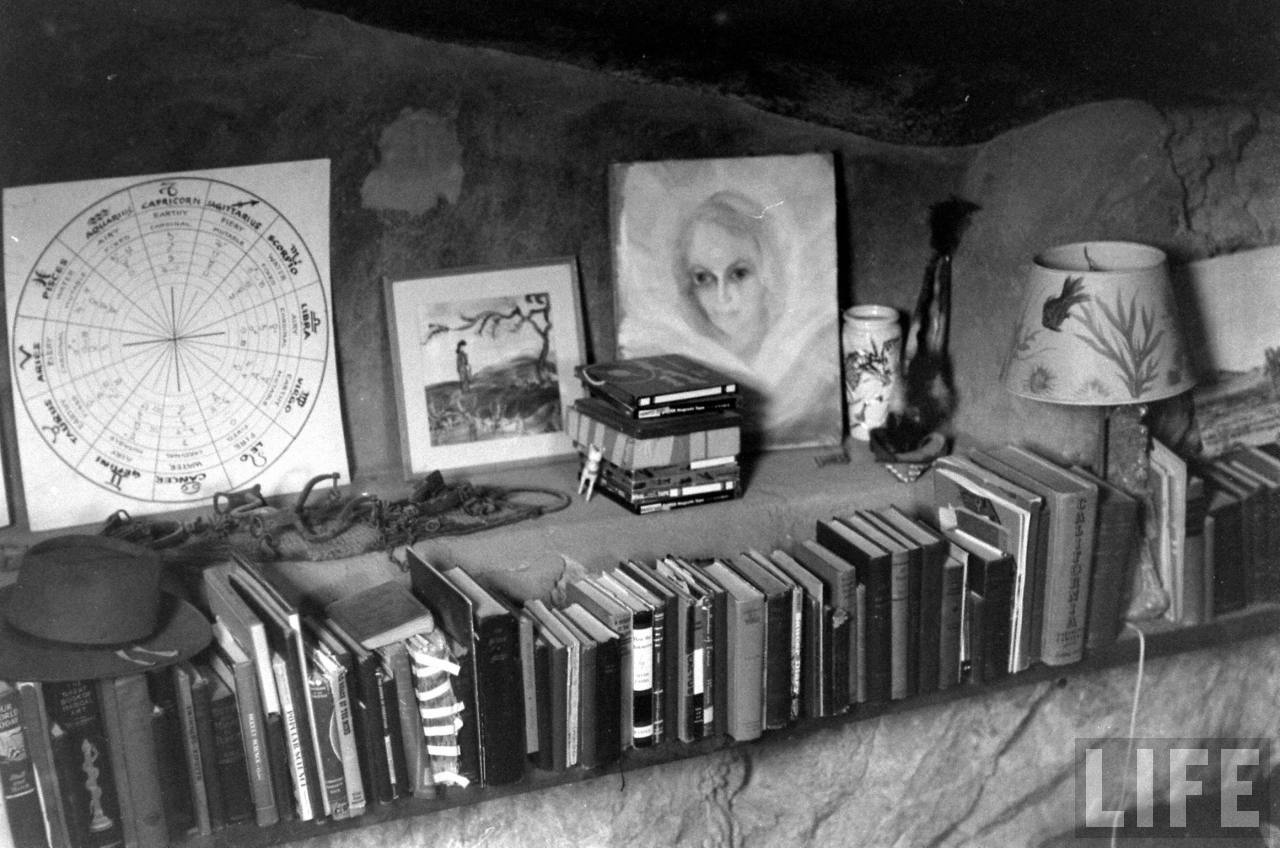
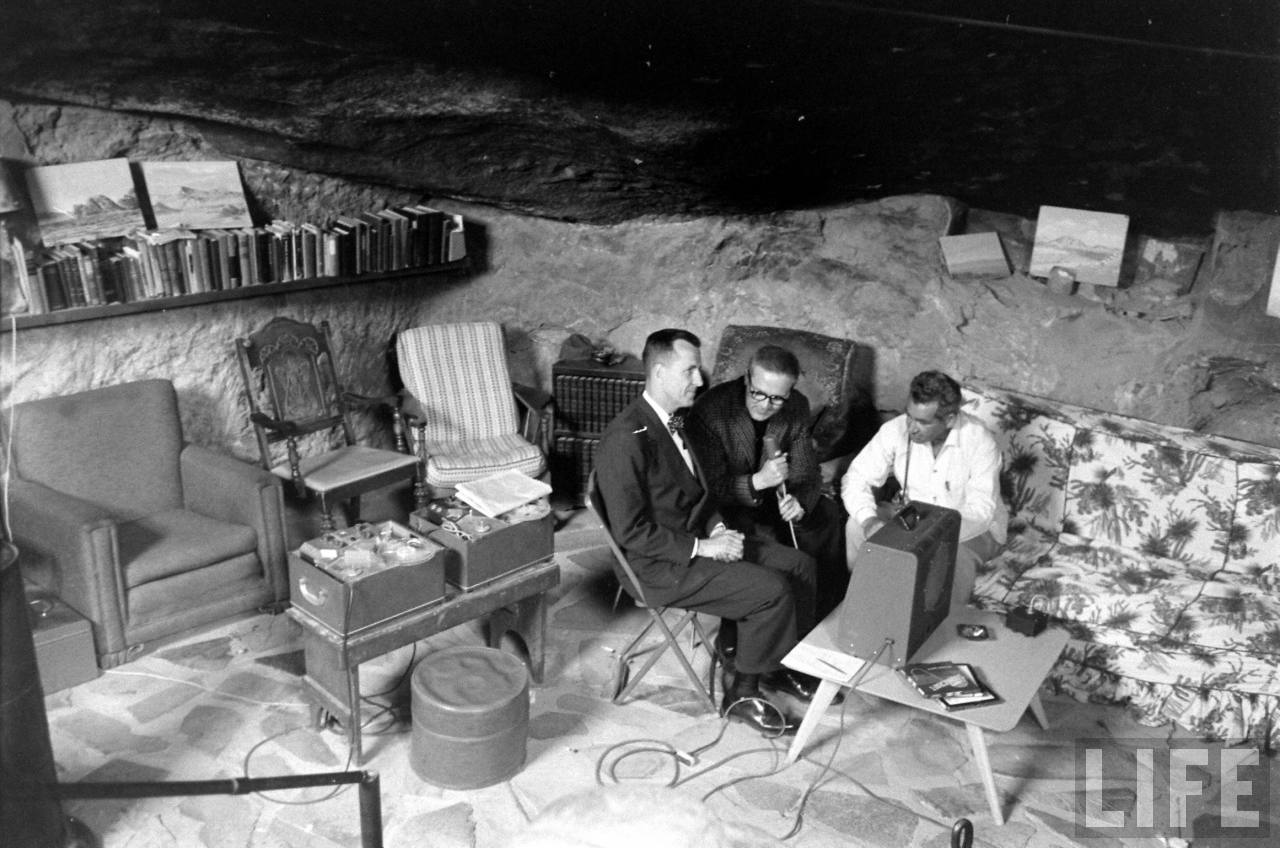

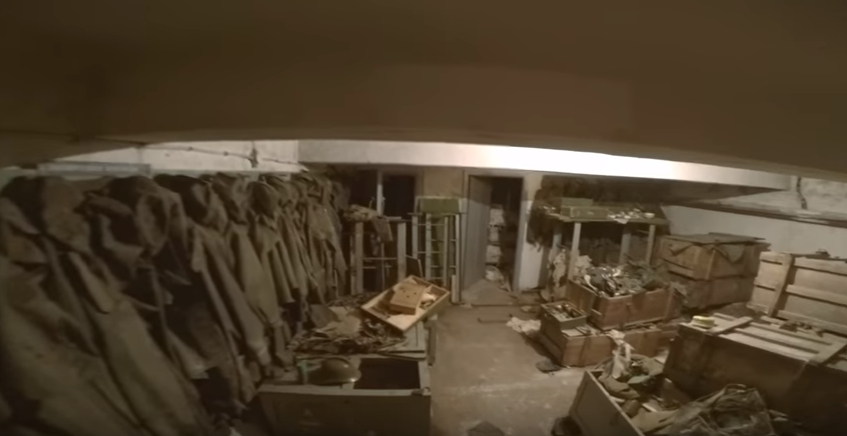










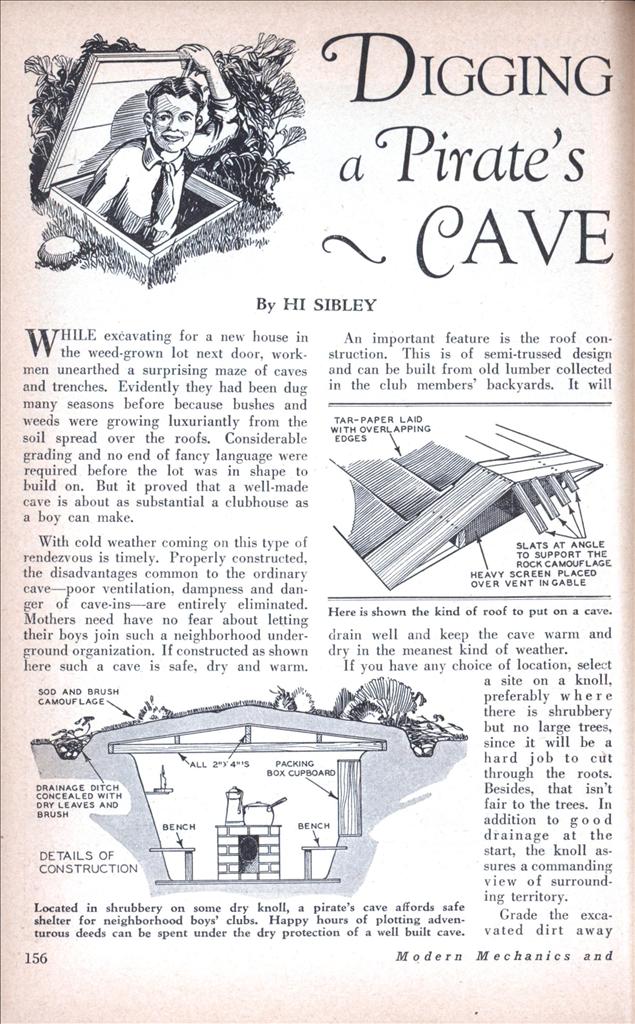
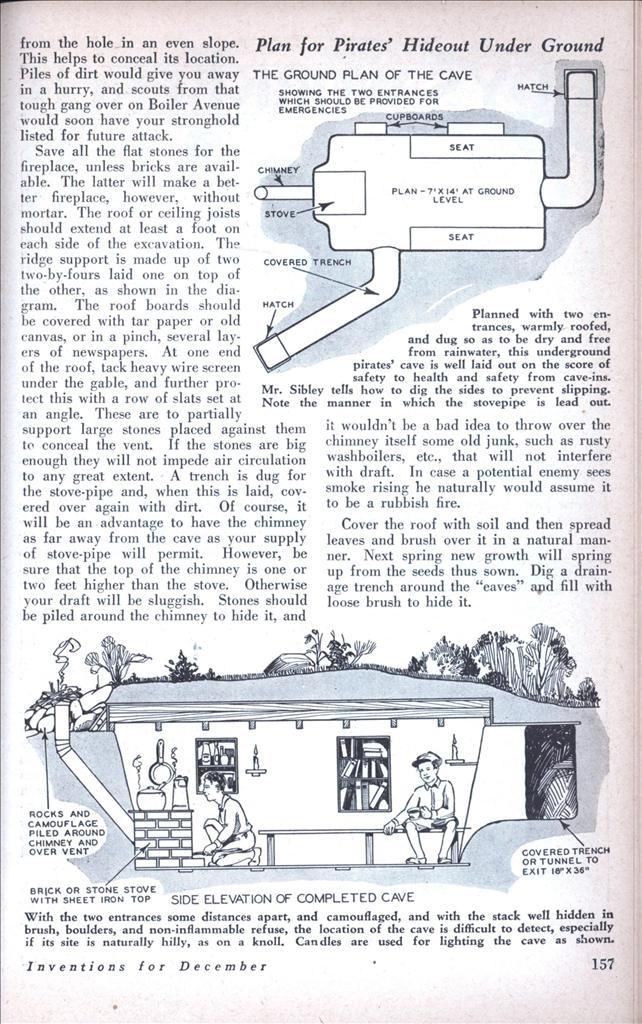

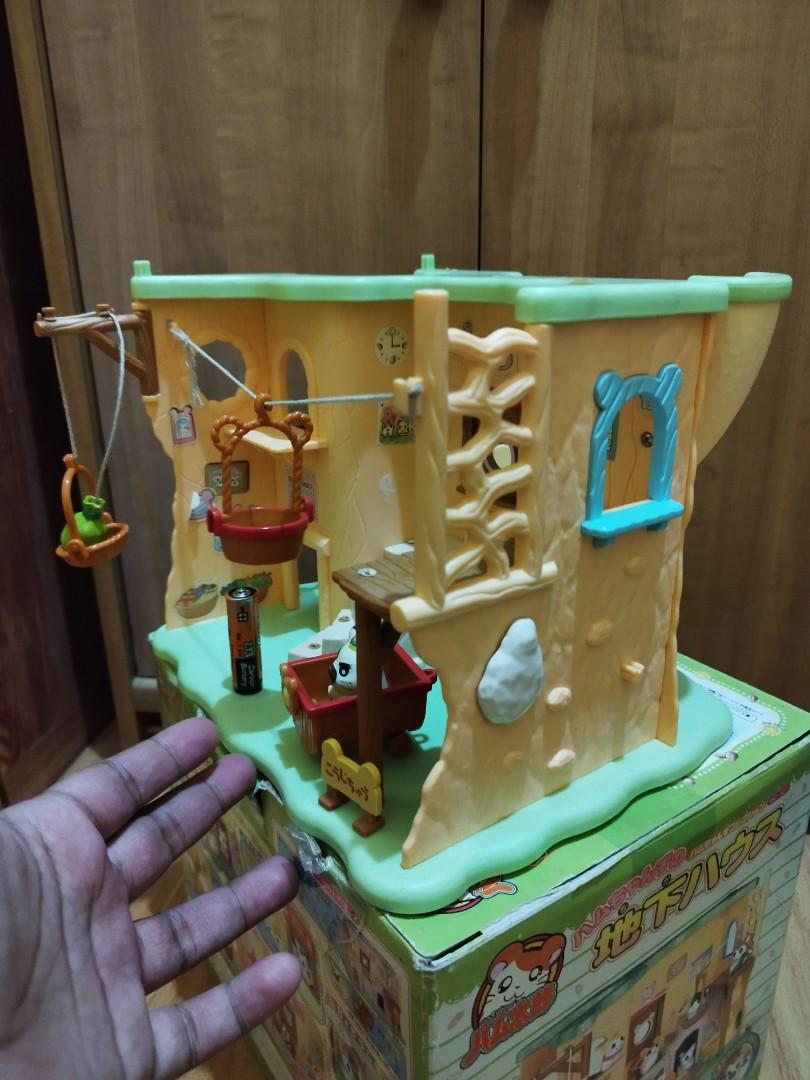
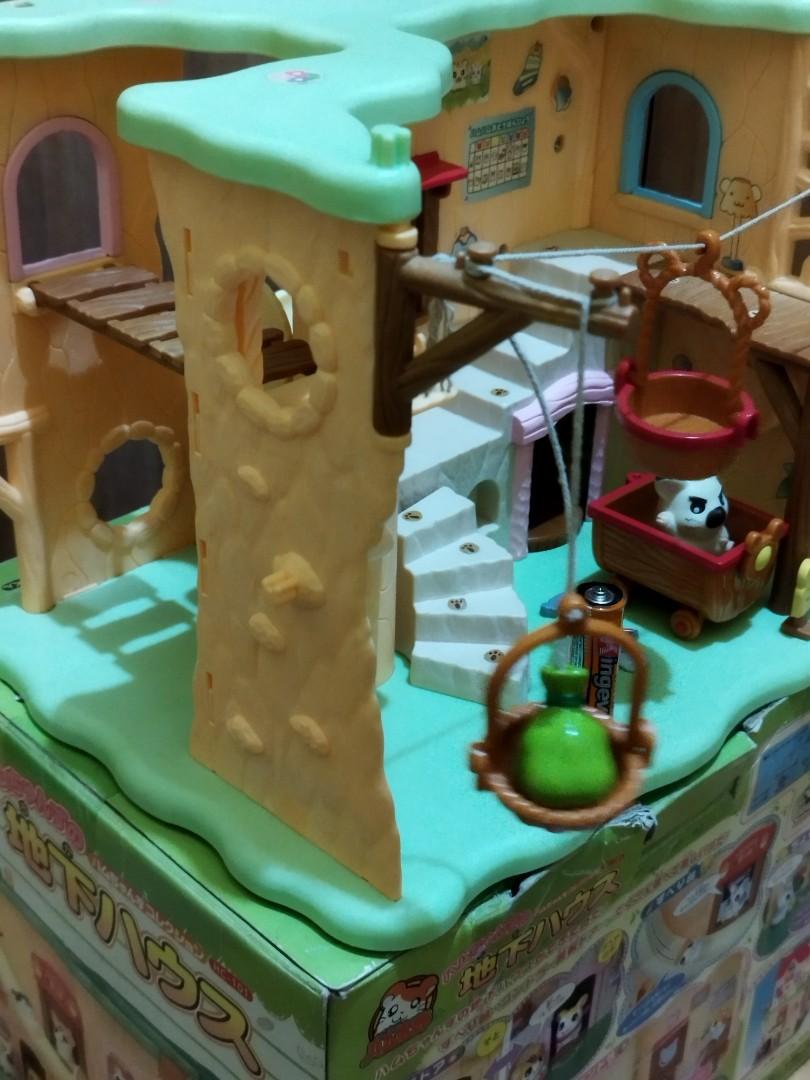

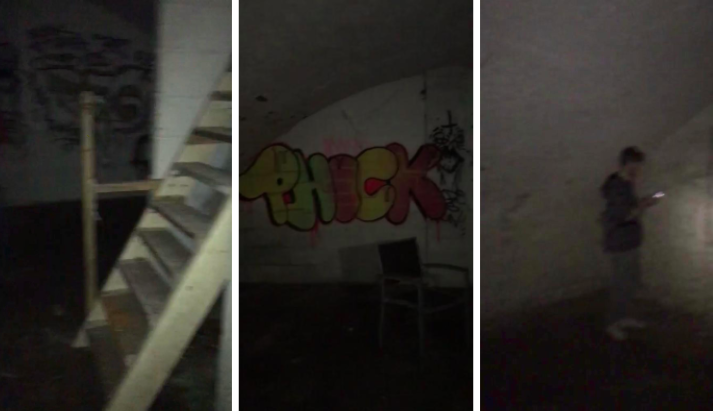



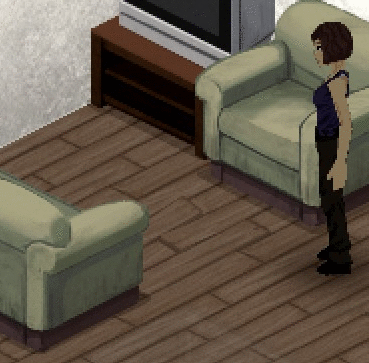



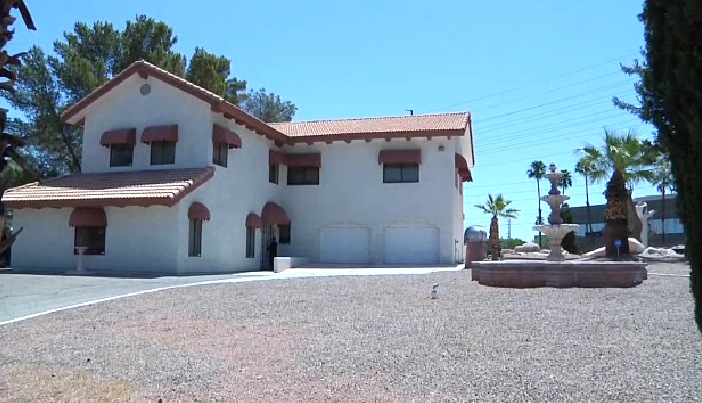

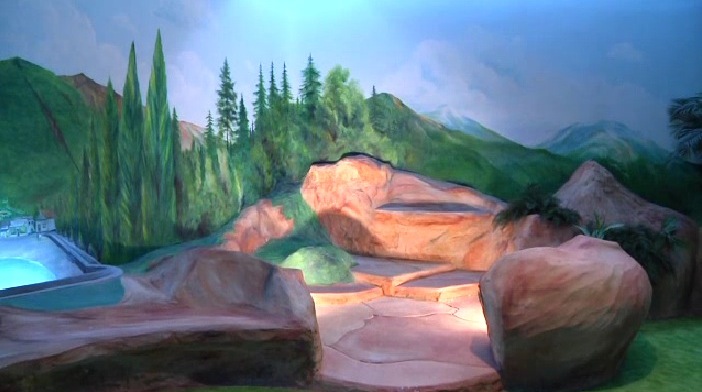
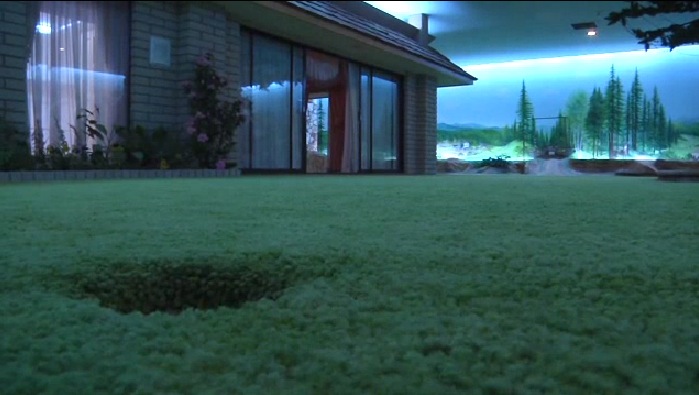



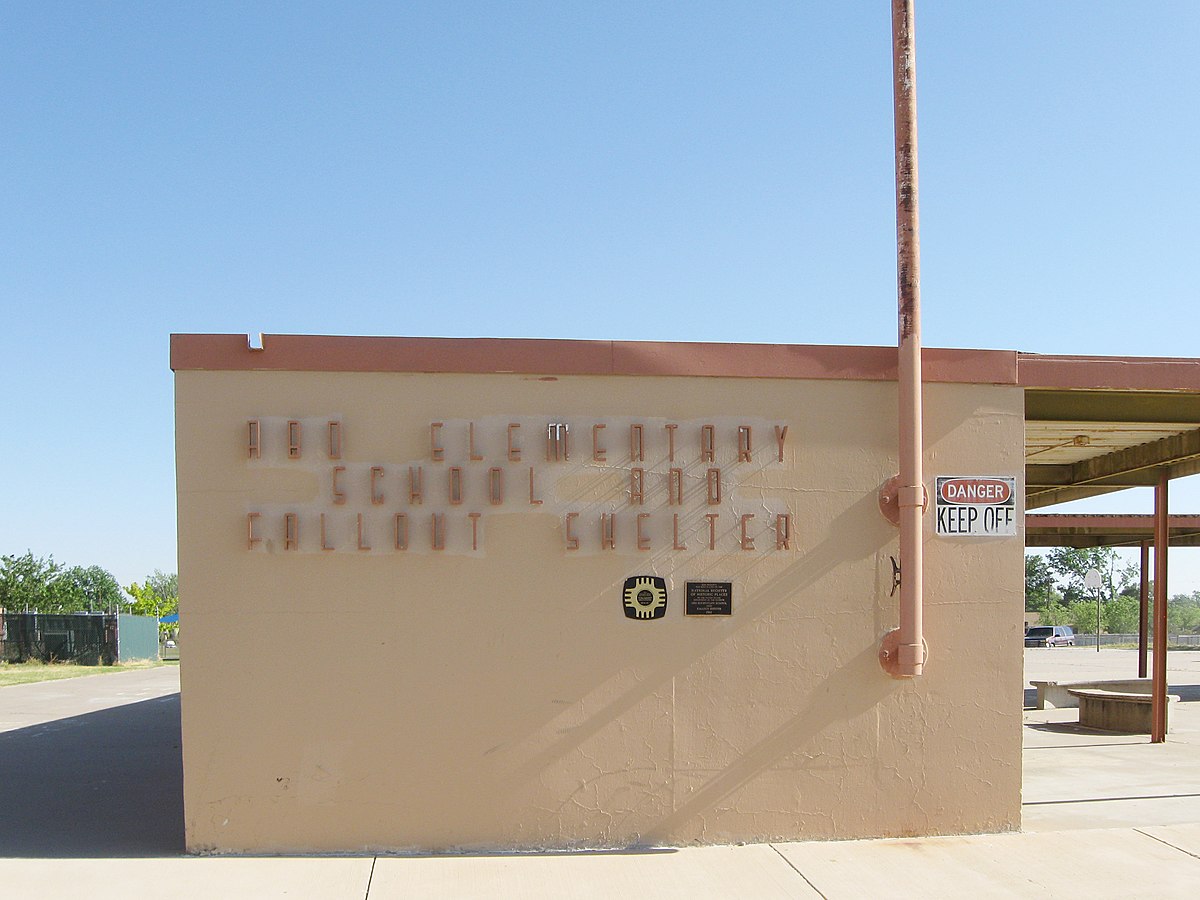

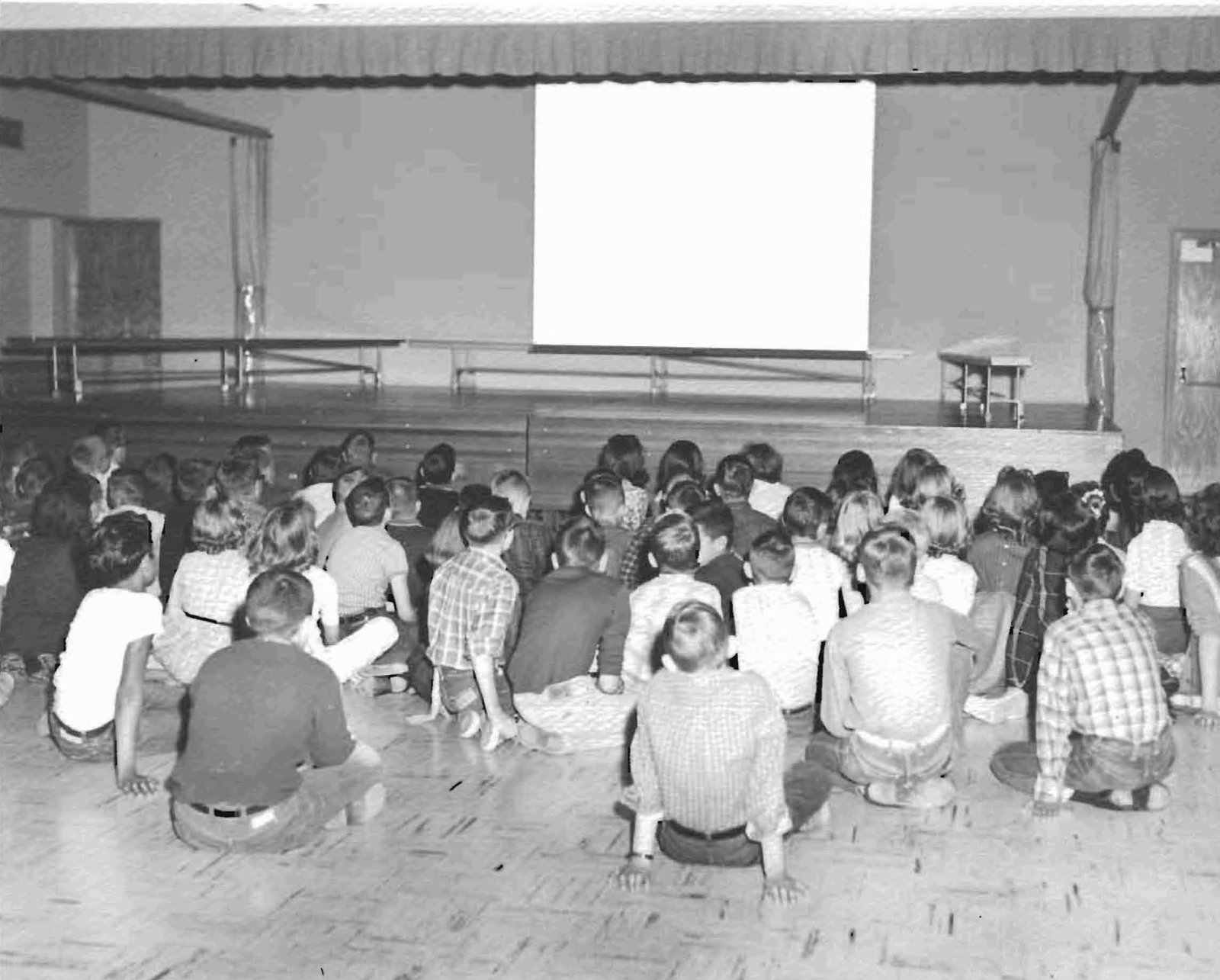
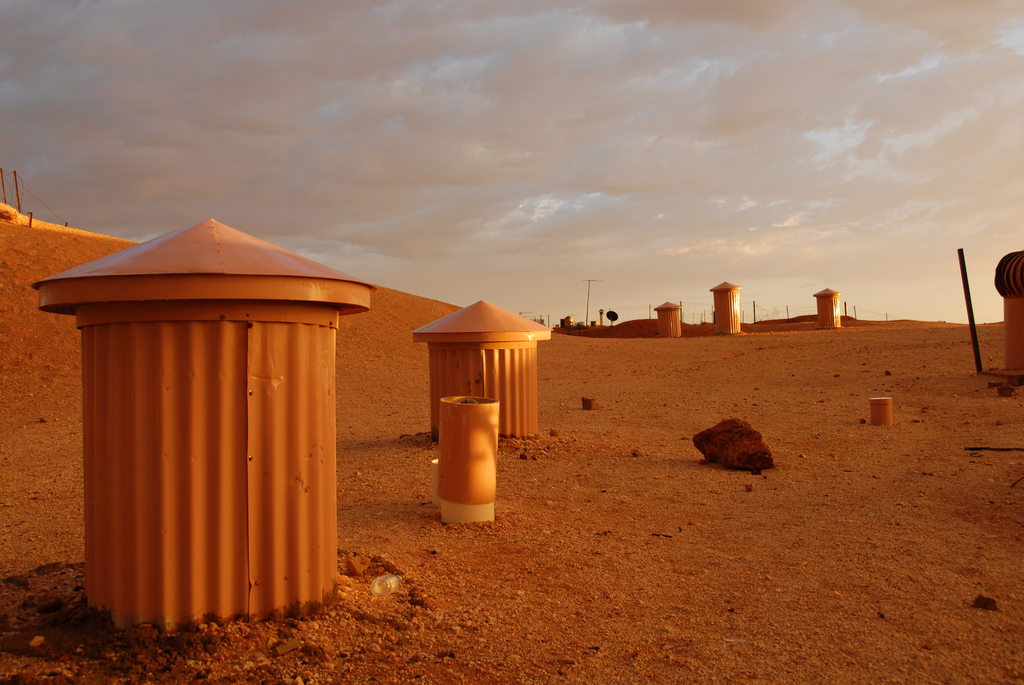
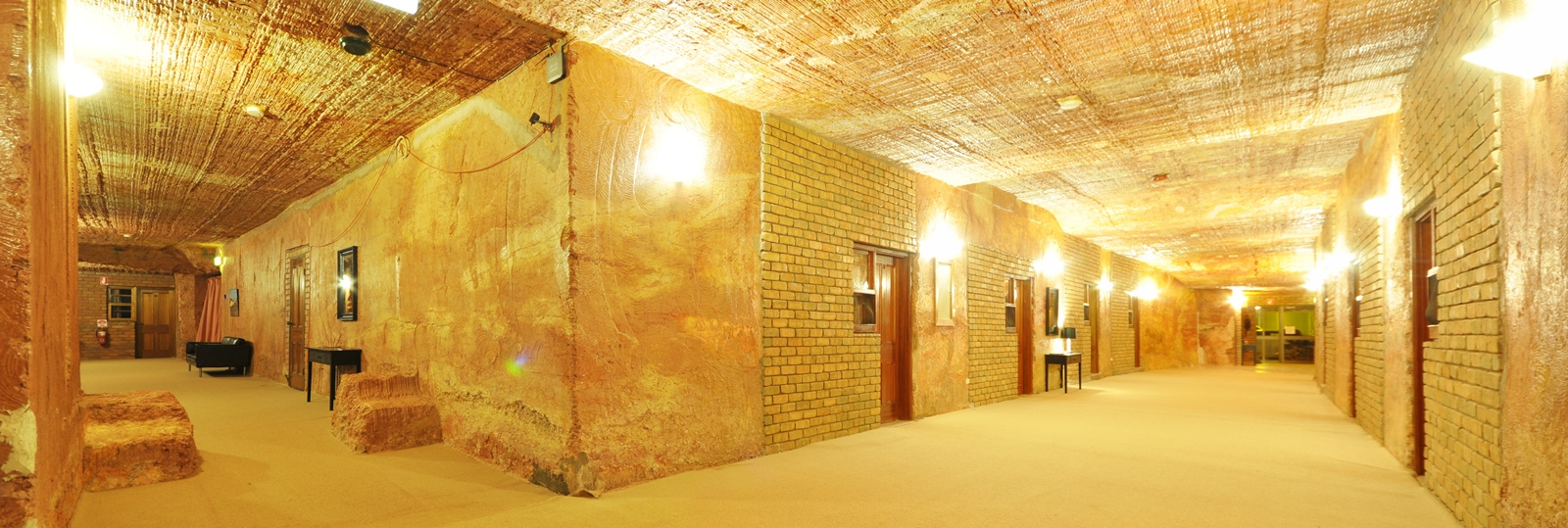
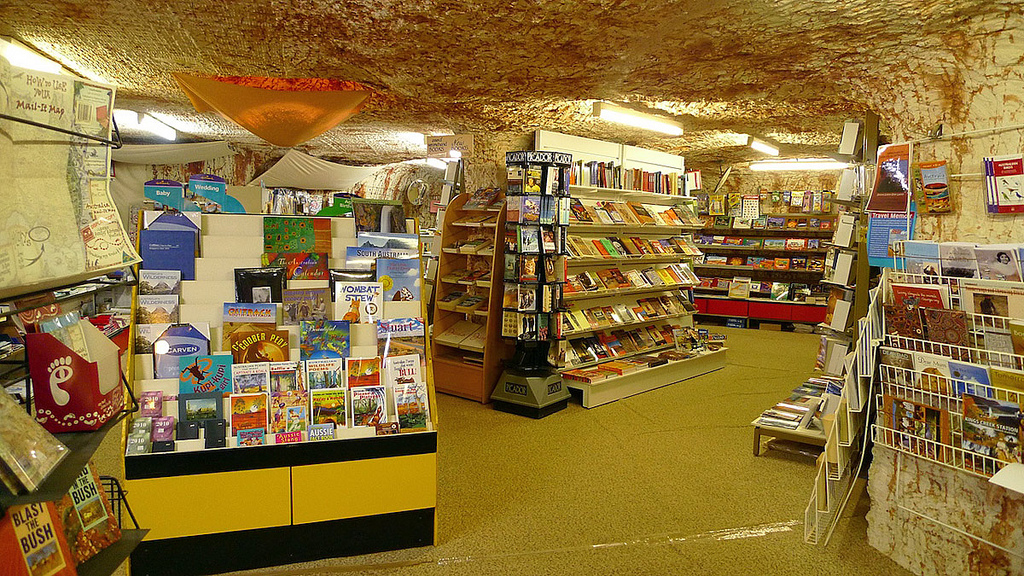


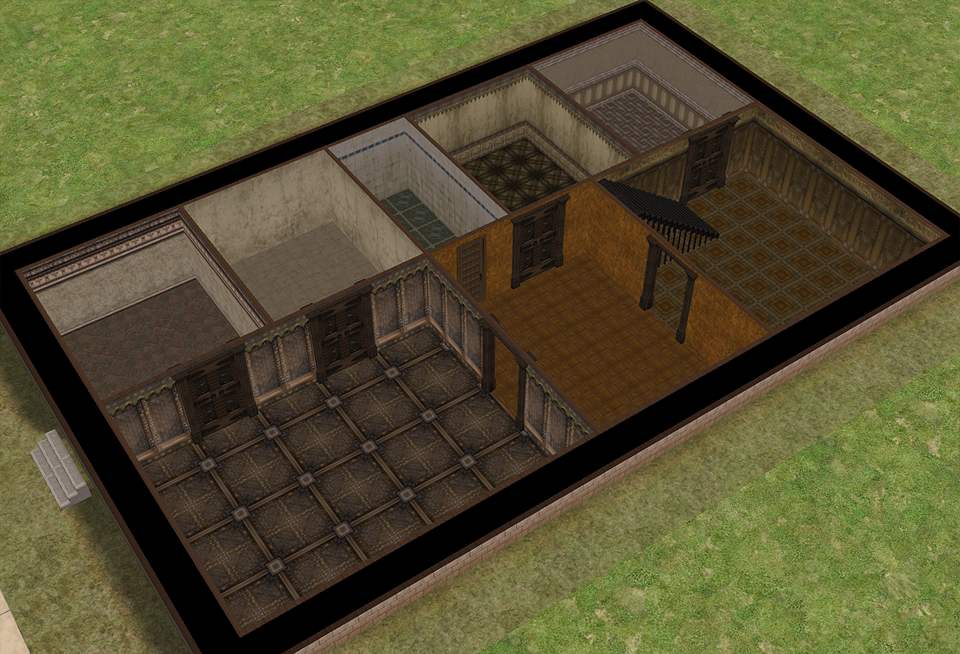

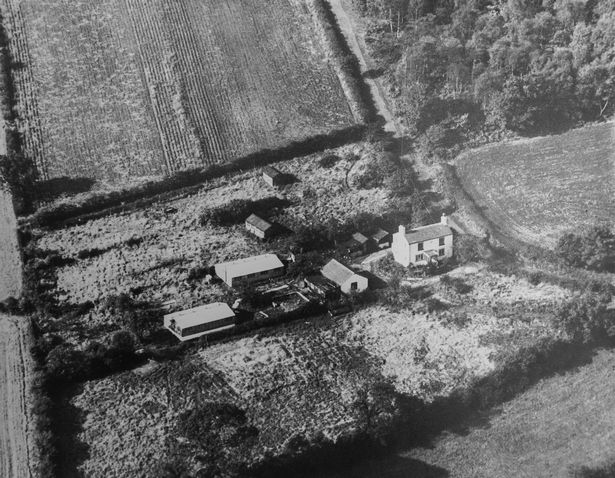



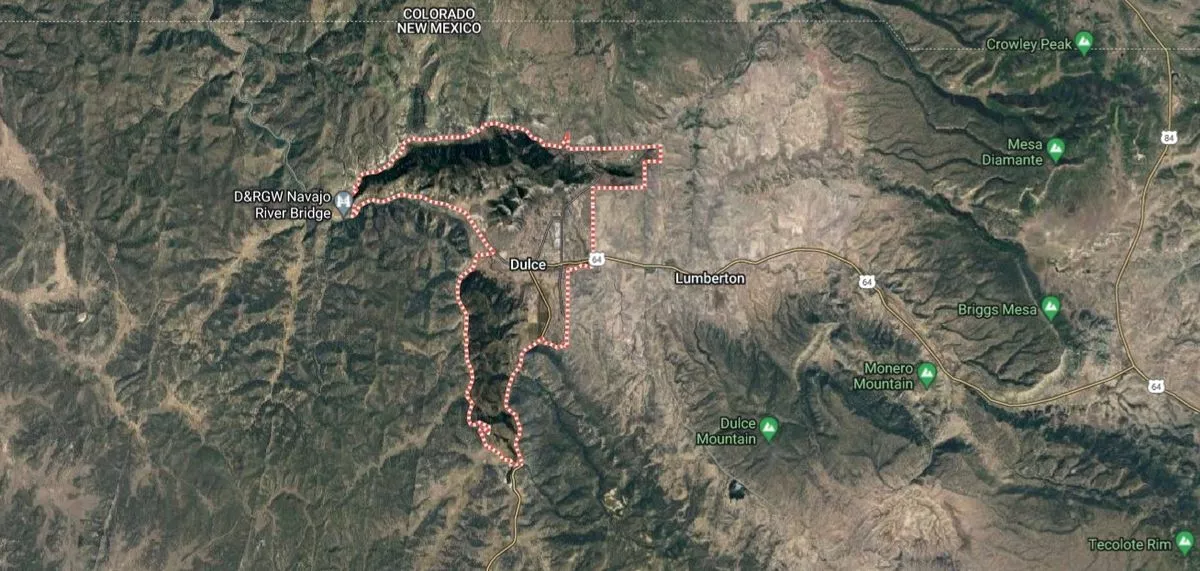





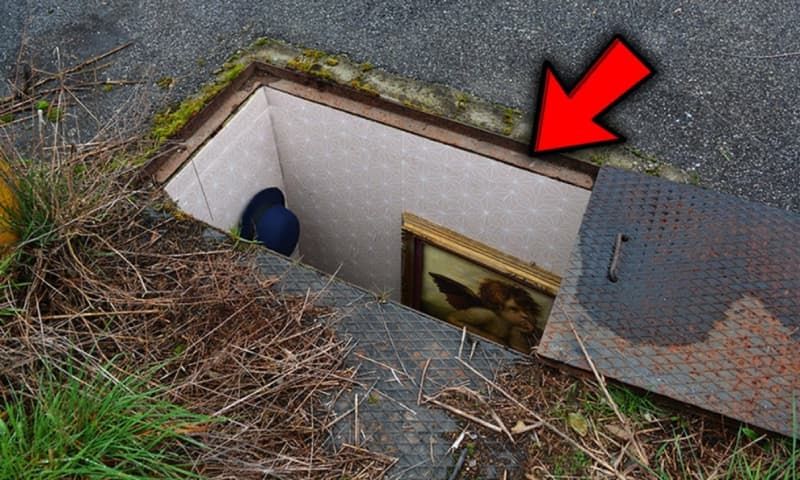
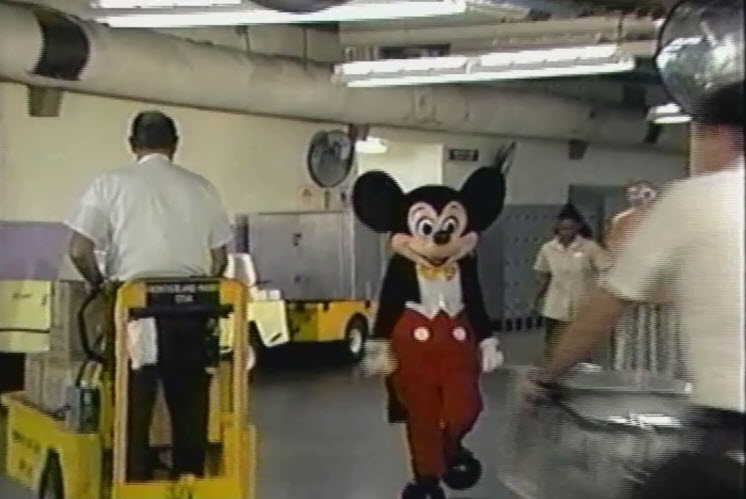
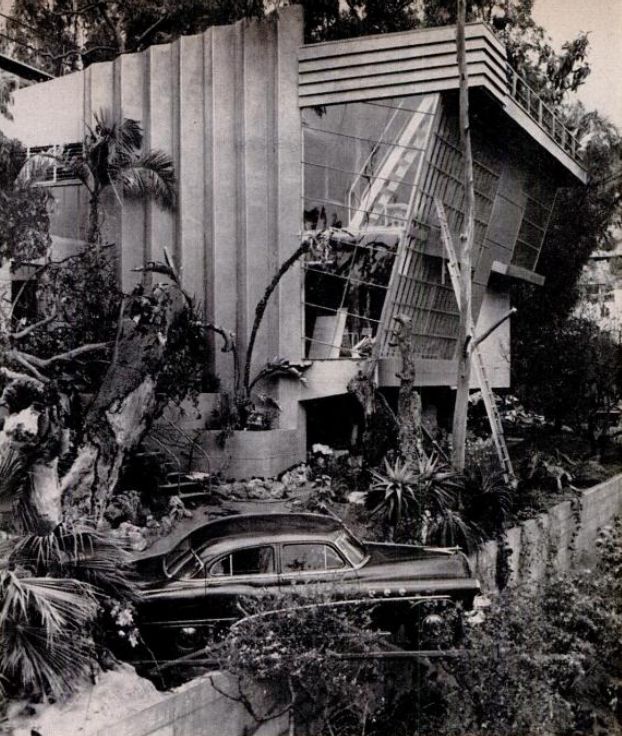
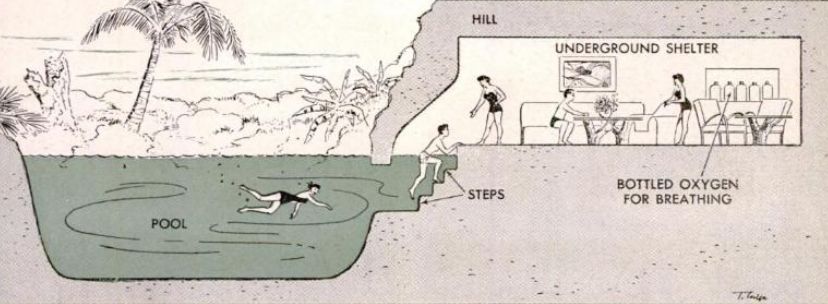


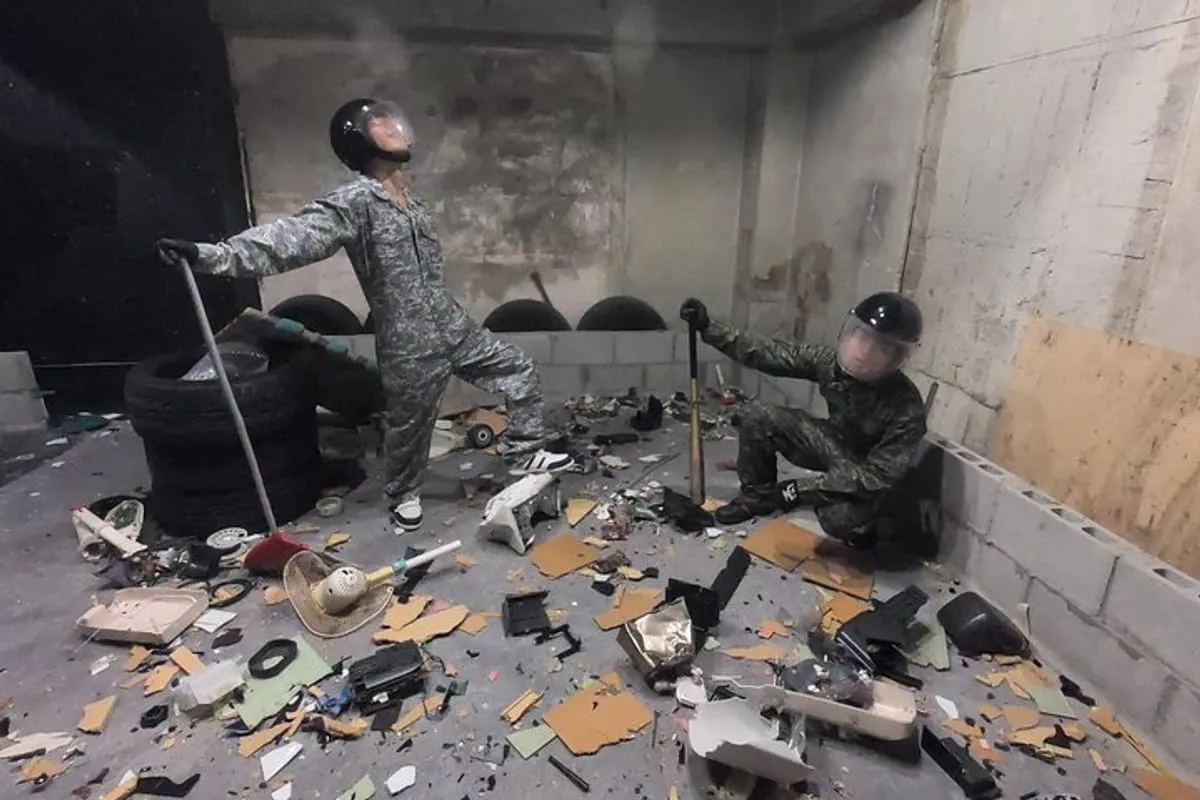
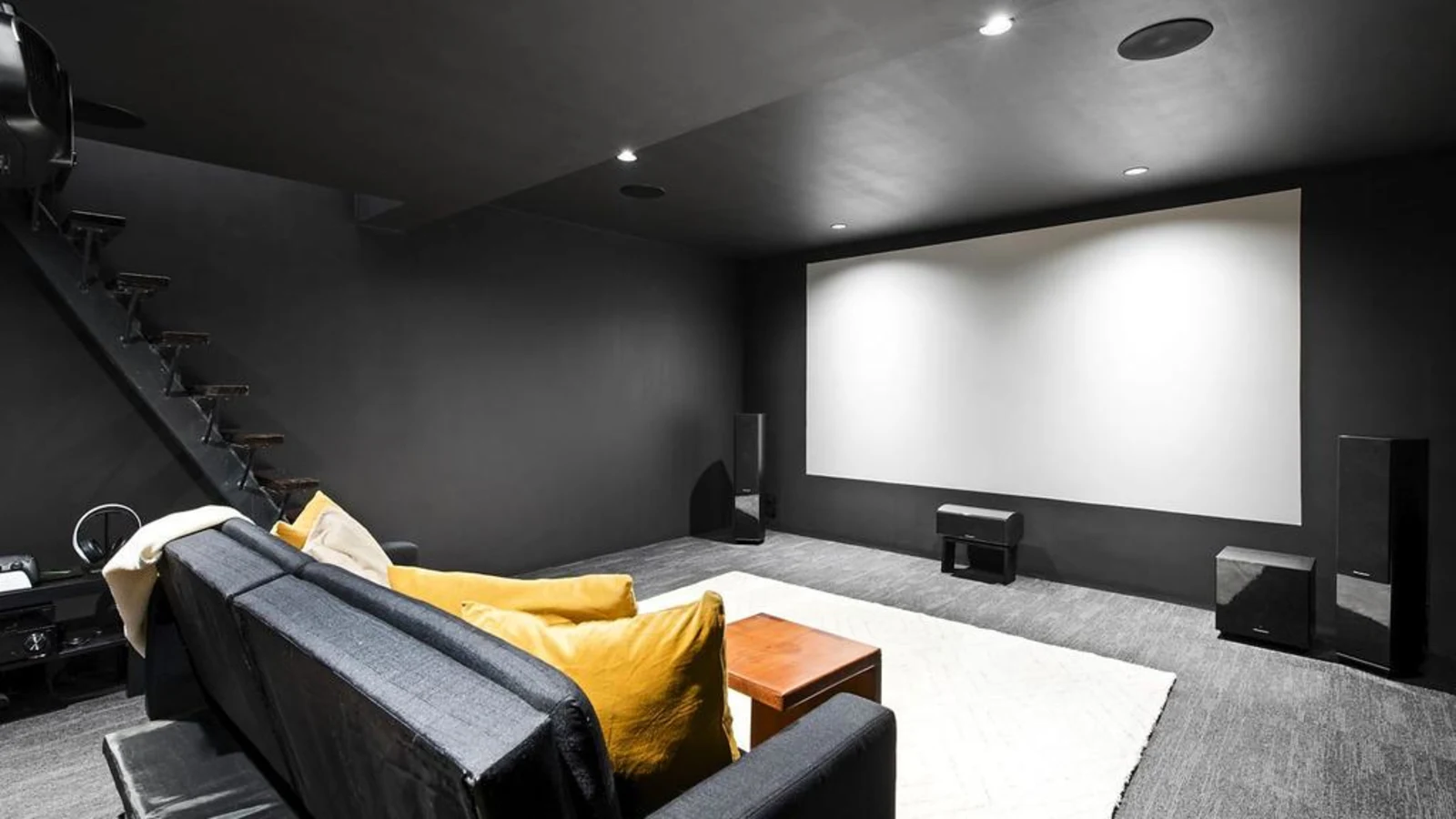
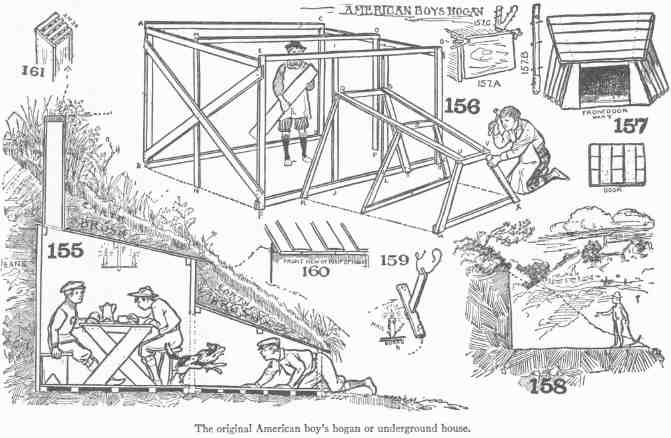

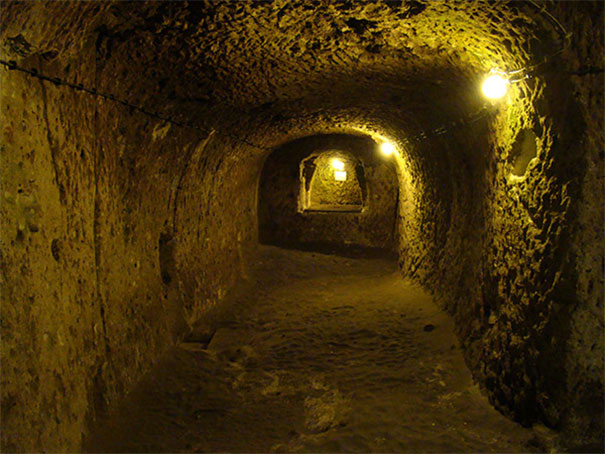
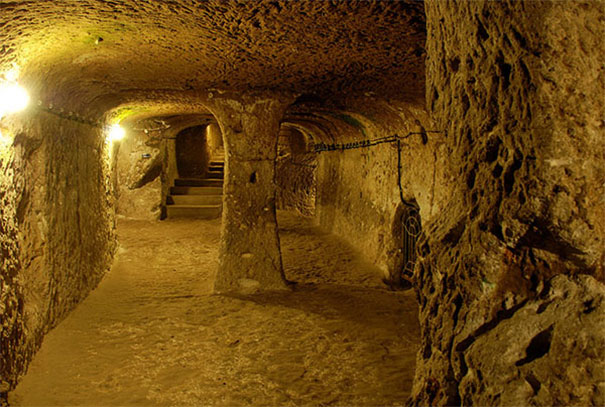
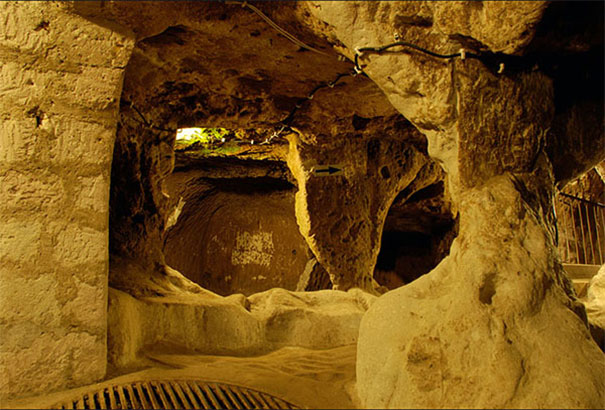
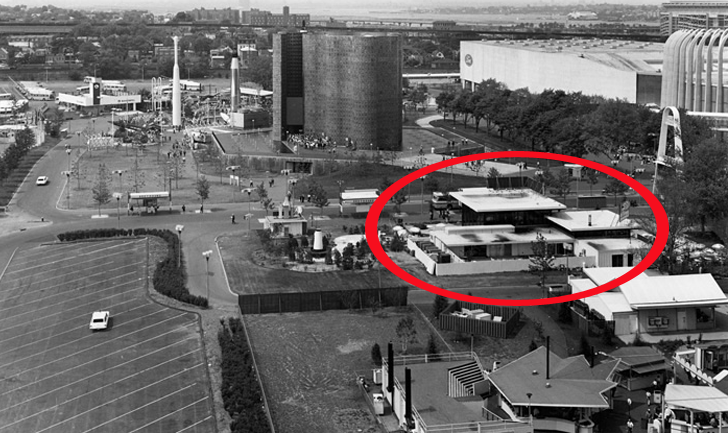

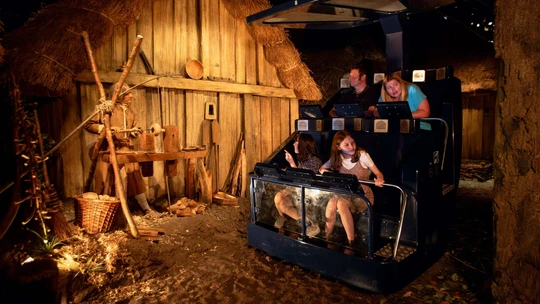

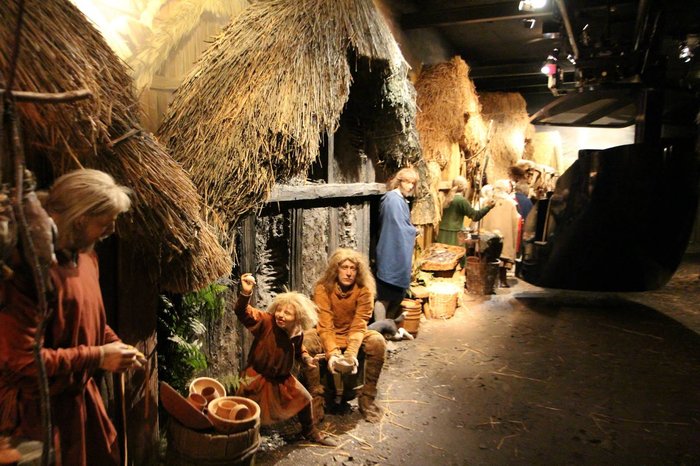


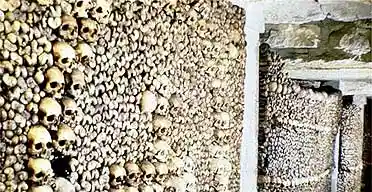
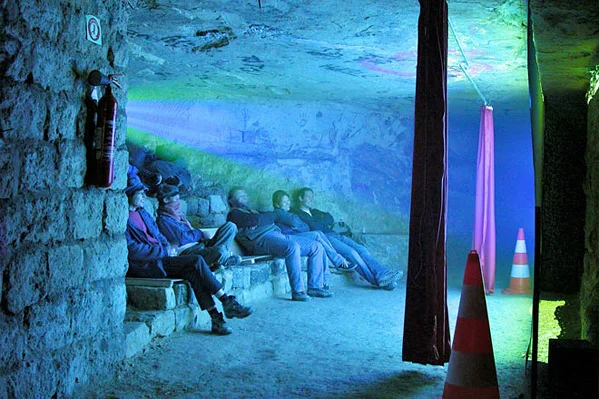



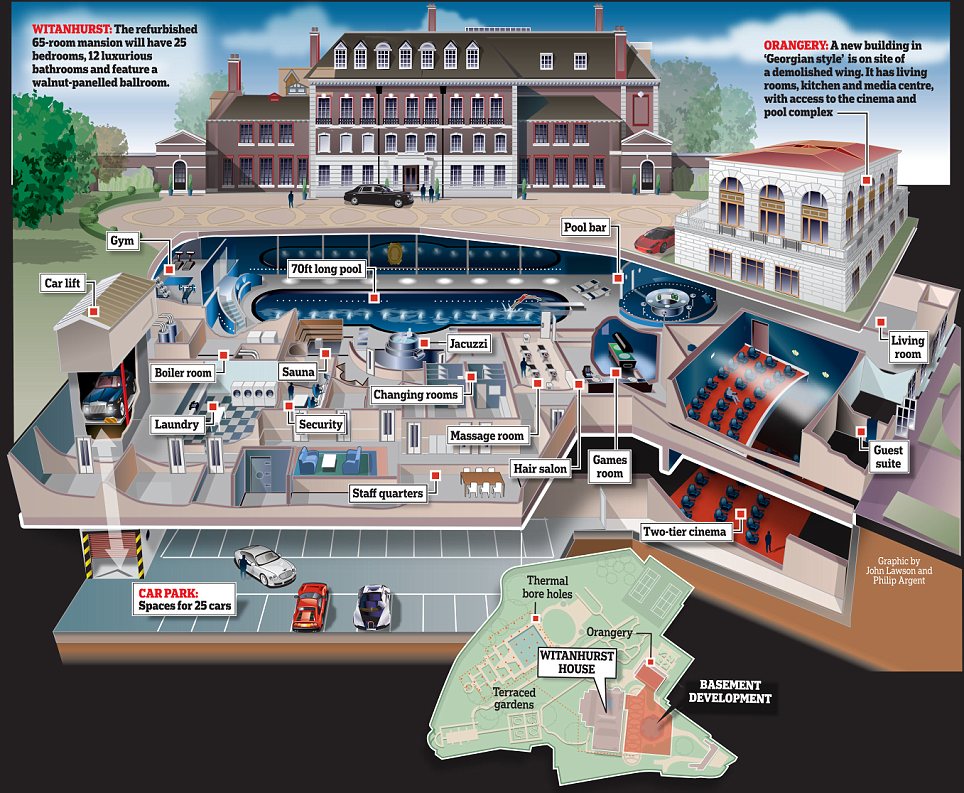





 Now available in North America
Now available in North America 